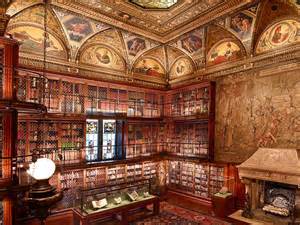May 13 2016 - Aug 21 2016
New York City, NY
The Morgan's collection includes two exceptional copper figures from ancient Mesopotamia, the cradle of civilization. Metal sculpture from this period is exceptionally rare, and these objects, now known to be “foundation figures,” are particularly special since relatively few survive. Foundation figures were created with the intent that they were never to be seen by anyone other than perhaps deities. Placed at the foundation of a building, often a temple, they were intentionally buried, hidden from human eyes. They have become a record of the past for all subsequent generations upon rediscovery. These very figures are a manifestation of the timeless concern of humanity, in this case by enlightened ancient rulers, to preserve for posterity their art, and by extension, their way of life.
This exhibition places these extraordinary works in context, bringing together additional copper works on loan from public and private collections to trace and explore the artistic development of this art form.
Combining abstract and natural forms, the ancient sculptors produced works that fit their function as the practice evolved over the third millennium B.C., resulting in striking examples of the mastery of the art of molding and casting copper at such an early date. These works memorialize in figurative and symbolic ways the essence of beauty, order, and civilization. When Pierpont Morgan purchased the sculpture of King Ur-Namma at the beginning of the twentieth century, little was known about it or what it represented. Since then, much has been learned about this class of objects.
Credit: Exhibition Overview from the The Morgan Library & Museum website
Exhibition Venues & Dates
May 13 2016 - Aug 21 2016
New York City, NY
